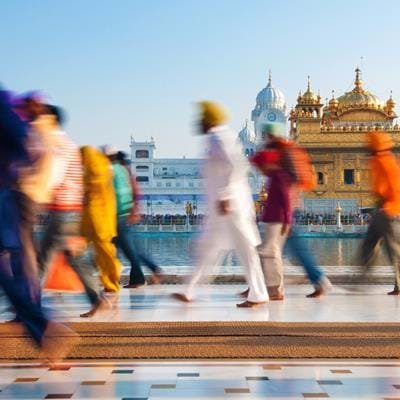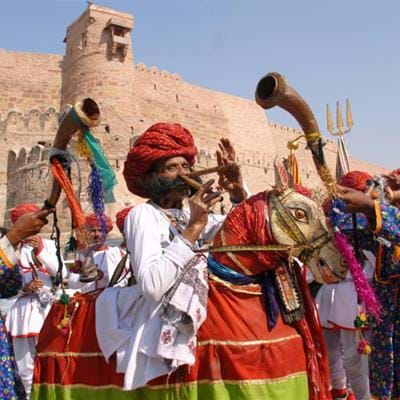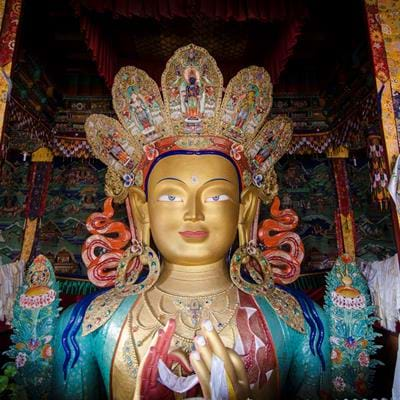India 26.10.2024 Mark Stratton, Award-Winning British Journalist

Crashing bells, fast-fingered tabla drums, devotional chants, and the ripple of a million people shuffling towards the sacred Ganges. I was carried cheek-by-jowl by a tide of devotion, joining Hindu pilgrims, whose sweat-glistening foreheads bore horizontally lined tilaks of the great deity, Shiva. No matter what religion or belief system you follow, Kumbh Mela is the greatest spiritual gathering on earth. It swept my senses away, supplanting me into a transient zone between reality and fantasy. At my first Kumbh mela, Haridwar, a local policeman, told me 10,000,000 people were heading into this Himalayan city. They were arriving for a particularly auspicious bathing day, or royal snan, which offered extra spiritual merit to pilgrims if they bathed in the sacred Ganges. Not just to wash away their mortal sins but also to procure extra good karma towards a lifetime’s spiritual journey towards Brahman, the supreme force.


The Kumbh Mela (meaning ‘pitcher’ and ‘gathering’) takes place four times over a 12-year cycle. Its exact dates are determined by astrological interpretation. The pitcher is a representation of a celestial battle from where amrit, an elixir of immortality, was spilled onto 4 sacred cities along the Ganges river where the melas now take place: Prayagraj (Allahabad), Nashik, Ujjain, and Haridwar. The latter, Haridwar, was the first of three successive Kumbh melas I would attend and surrender magnetically to its unbridled energy. Each day, from a comfortable tented camp outside the centre, I would set off for a day of wide-eyed voyeurism, soaking in the mela’s theatricality and intensity. I would head into the fray at sunrise, watching life unfold around the riverbanks where thousands of pilgrims slept under blankets, and then return in darkness, stopping to watch an aarti performed by temple priests waving flaming torches by the Ganges. A moment of rare serenity.


The auspicious bathing day at Haridwar I attended was called Baisakhi – a spring harvest festival. As the pilgrims flooded in, I paid a visit to the tented camps, the akhara, strictly divided between the sects of wandering mendicants. Indophiles will have seen dreadlocked and orange-robed sadhus who have renounced worldly possessions. Yet the most startling encounter is with the Naga baba, the ‘naked sadhus’, whose renunciation of all worldly goods goes skin deep, literally, to include their clothing. Their bodies are smeared in grey ash. A fug of marijuana floated around their fold as they inhaled on chillums, and pilgrims arrived to seek their blessings. Some endure almost unimaginable acts of discomfort. I met a Naga who never lies or sits down and one who has raised his arm skywards for two decades until it has atrophied permanently vertical.

This special bathing day is their day, however. I squeezed my way down to the river where a staggering five million people waited riverside. From a raised patch of ground, I watched as the akhara formed a procession heading to the sacred Har-ki-puri ghat, or steps, into the Ganges. The Naga babas headed this carnival of bizarro. Waving tridents, a Shaivite symbol, they recited prayers by the water’s edge before thousands of them poured into the Ganges, their sins washed away with the ash on their bodies, splashing and caterwauling like children first discovering the seaside.

Would I ever attempt a sacred snan myself? On my last mela in Allahabad 2019, the litter-strewn murkiness of the Ganges at the sacred Sangam ruled out any possibility I would put my mortal health ahead of spiritual wellbeing. But at Haridwar, it was different. After several days, the icy, fast, fast-flowing Himalayan Ganges beckoned me to feel its life-giving force. I subconsciously stripped down to my shorts and grabbed a riverside chain to stop being washed away. To the cheers of hundreds of watching Indian pilgrims, I ducked under, and my goodness, the surge of energy was electrifying. I felt connected to the Kumbh Mela and had no doubt destiny would see me return again and again. It may even be to the next scheduled one, which promises to be a humungous affair, a full (Purna) Kumbh mela, in 2025 (14th January - 26th February) in Allahabad. Shiva awaits.








